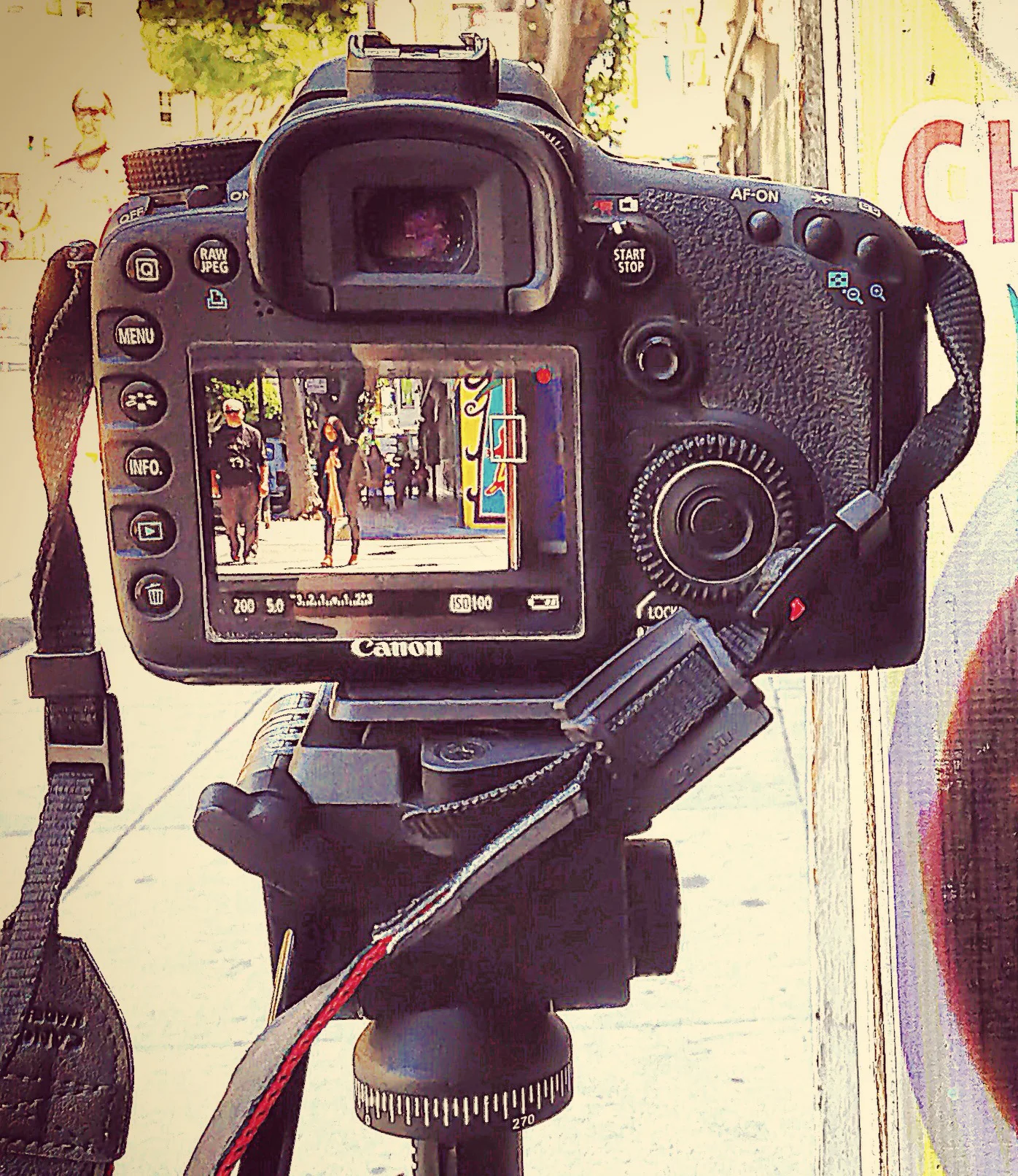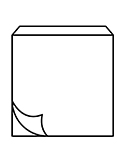






A Video
When making a video of a restaurant my goal is to tell it's story—to tell the audience what a place feels like, even though they may have never had the chance to visit.
A Video
When making a video of a restaurant my goal is to tell it's story—to tell the audience what a place feels like, even though they may have never had the chance to visit.
My habit of documenting restaurants began when I first moved to Spain to work as a cook. Speaking no Spanish created the enormous challenge of trying to remember (and understand) my Chef's instructions. Unfortunately, my first Chef cut me zero slack and seemed to enjoy publicly berating me for my mistakes.
So, motivated by my obsessive organization (and fear!), I began taking notes and scrawling infantile pictures as a last ditch effort to avoid humiliation.
My documentation methods evolved over time—what began as little more than cave drawings, morphed into elaborate still lifes, then photographs and finally video. My goals had also shifted—rather than working wildly to document a recipe, my new objective was to capture the entire experience of visiting a restaurant while using no words.
I wanted to answer the questions "How does the restaurant feel?", "What kind of food do they serve?", "Who eats there?", "What's the service like?". For me, the best way to answer these questions was by creating a detailed story and finding an appropriate soundtrack.

Research
The starting point for producing a restaurant short is by regularly visiting the venue and eating. Once I feel like I'm part of the narrative, I can plan how to represent my impressions on film.
Research
The starting point for producing a restaurant short is by regularly visiting the venue and eating. Once I feel like I'm part of the narrative, I can plan how to represent my impressions on film.
Akiko's is a sushi bar in downtown San Francisco. The restaurant has no sign—I must have walked by 3 times before I finally found it. My first trip to Akiko's was for lunch. I sat at the sushi bar by myself. I ordered a couple of dishes and had some sake—the food was really good and I liked how it felt to be in the space.
I quickly noticed that the restaurant was family run. I saw a stylish dude presiding over the sushi bar who I assumed was the owner and noticed an older couple back in the kitchen that looked like his parents. I struck up a conversation with the owner (Ray) and he explained to me that Akiko's had been around for 16 years and that he had taken over 4 years ago. His goal was to take a neighborhood lunch place and turn it into the best sushi spot in the city.
The food at Akiko's was amazing—by far the most exotic sushi menu I had seen in San Francisco. I went back another time for lunch and then twice more for dinner. Each time I got a deeper feel for the story behind the overall experience of visiting Akiko's.

Synthesize
Synthesize
After organizing my materials I landed on five key messages I hoped to convey with my narrative:
Message #1. Akiko's is a hidden gem // literally and figuratively.
Message #2. Akiko's is evolving // the restaurant is an old-school, San Francisco, family-run business. It's now been passed to the next generation—a generation with a new set of standards and ambitions.
Message #3. Akiko's is delicious // the restaurant sources incredible seafood, they know how to handle it and they pay great attention to detail.
Message #4. Akiko's is trustworthy // the chefs prioritize creating relationships with their diners and work hard to accompany each individual on a culinary journey through Japanese cuisine.
Message #5. Akiko's is expensive // an omakase (chef's choice) meal comes with a hefty price tag—and it's worth every penny.
Full Akiko's narrative.

Brainstorm
I understood the story I hoped to tell—now it was time to write a narrative and create some storyboards.
Brainstorm
I understood the story I hoped to tell—now it was time to write a narrative and create some storyboards.
To effectively tell the Akiko's story it was important to introduce the cast of characters and set the scene before diving into the extravagant experience of eating at Akiko's. My personal experience was that once I started eating, my surroundings melted away, and I became laser-focused on the food.
I wanted to start the shoot with the family setting up the restaurant, cleaning fish and getting ready for service—something this family has been doing nearly every morning for the last 16 years. Even though these steps aren't directly part of the diner's perception—like the sushi itself, the presentation is simple, yet it's obvious that lots of planning and sweat went into the creation of each element of the meal.
Once the scene was set, I wanted to focused on the experience of an individual diner and their relationship with the chef. This relationship develops over the course of the long meal—it begins a bit stiff and filled with formalities, but often with the help of some cold sake, the relationship thaws, and turns into a playful and relaxed conversation.
Lastly, I had to decide what type of music to use to help convey my narrative. I wanted a track that was new and fresh but had elements of earlier styles. The song "Longevity" by Yeasayer had an 80's foundation but was definitively modern—it was perfect.
My shot list and storyboards reflected my intended narrative and I felt ready to shoot and edit the video short.

Prototype
Production on the Akiko's video was smooth—the restaurant did everything it could to help me get the shots I needed to successfully tell the Akiko's story.
Prototype
Production on the Akiko's video was smooth—the restaurant did everything it could to help me get the shots I needed to successfully tell the Akiko's story.
I shot the video with a single camera over the course of three days.
The first day I went in during the morning hours to captured the whole family and staff getting ready for service—it was a great time to get the necessary time to capture the feel and details of a "family run" restaurant. Next, I came in to film a full omakase dinner experience. I roped off the end of the sushi bar and filmed a 3+ hour interaction between one lucky diner and the chef. I shot additional footage of other guests eating at the bar and in the back dining room. Finally, I came in one last day to film the wooden boxes of fish and details of the chefs working their stations.
I imported all of the footage into Final Cut Pro 10 and organized it into folders covering every element I aimed to include in the final edit—the exterior and interior of the restaurant, the design details, shots of each employee, each dish, the act of serving and eating, and the check. I cut the music into one minute and twenty second edits and began organizing the footage. Once I had a rough cut, I color corrected each clip and exported the video to multiple formats.
Full Akiko's shot list.

Implement
I used the final cuts of the video for a local content services app focusing on great restaurants in San Francisco.
Implement
I used the final cuts of the video for a local content services app focusing on great restaurants in San Francisco.
The final cut of the Akiko's video short emphasizes all of the elements that make this restaurant special. For those who have never been, the video is helps define what its like to eat at Akiko's. For those who have had the pleasure to enjoy a meal at Akiko's, the video is the keepsake of a great memory.
a one-minute edit
a twenty-second edit







